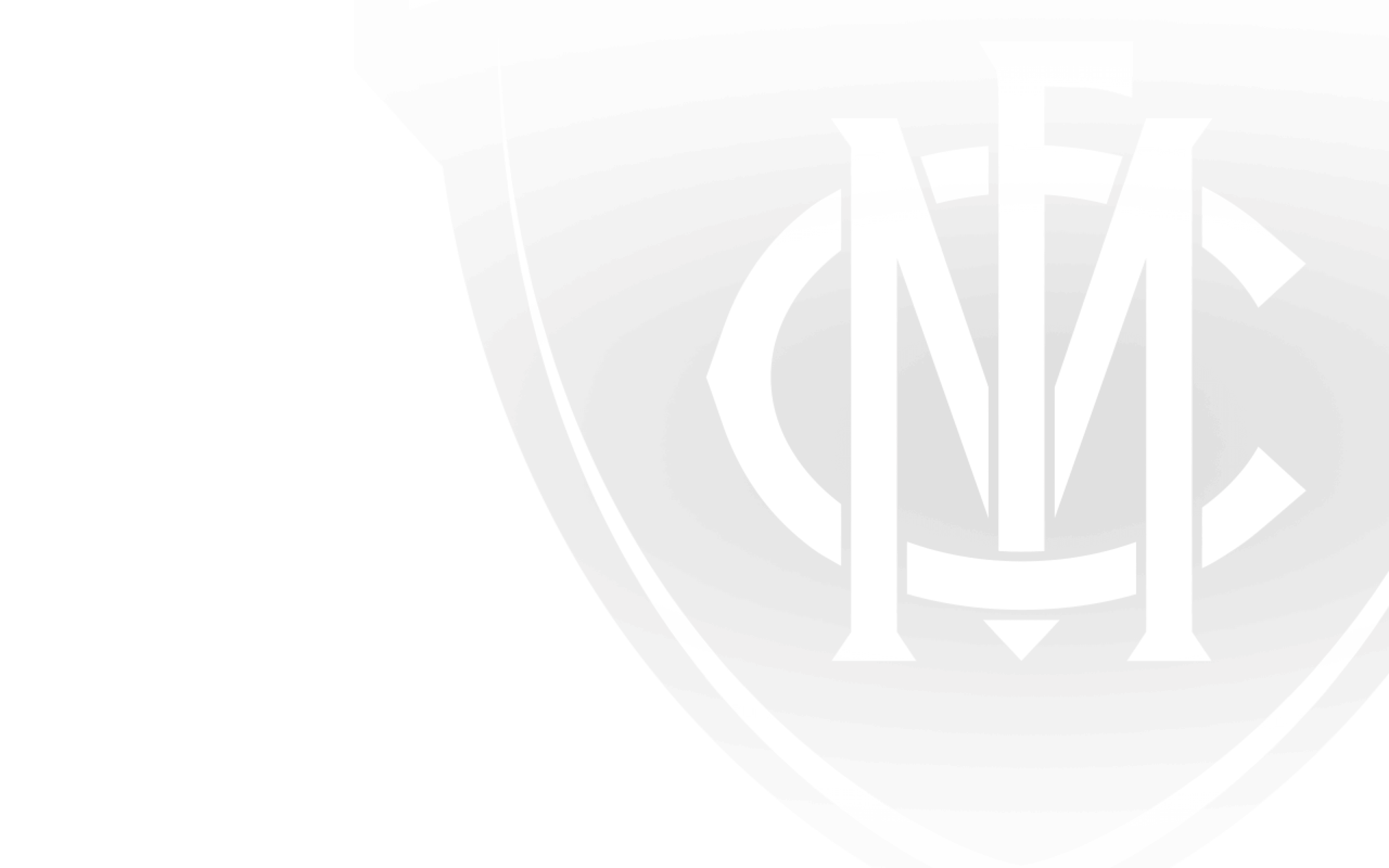Already the AFL has announced the medium forwards, medium midfielders and small forwards this week who will be attending the Combine.
The attendees have to be nominated by AFL clubs.
All clubs nominate 50 players to the AFL. The AFL then selects 100 players to attend the Combine, based on the most nominations from AFL clubs. A certain number has to be met for players to gain an invite to the Combine.
So the more nominations a player gains, the greater chance they have to attend the Combine.
Traditionally, there has been around 75 players attend the Combine, but the AFL was keen to expand it this year.
Further to that, the NAB AFL Draft State Combine - previously the state-based screenings - will occur in Melbourne, Adelaide and Perth. These State Combines will feature players who have received at least one nomination from an AFL club.
Although players have been selected in certain playing groups (eg. medium forwards), it can often differ from where a club views a particular player fitting.
Still, the Combine offers a comprehensive set of information, such as the medical and psychological screenings. And the whole idea of the Combines is to give the AFL clubs as much information about players as they possibly can.
Clubs aren’t allowed to do their own testing - they should be done through the AFL. And there are stringent rules and regulations in terms of what you can and can’t do outside the Combines.
For example, players must attend a Combine.
In 2008, it was well-documented Hayden Ballantyne - now at Fremantle - didn’t attend the State Combine.
In theory, this should’ve excluded him from the Draft. Although he had a valid reason for his non-attendance, he had to be tested at a later date, so all AFL clubs could have access to his information.
Personally, I believe the expansion of the Combine is good. The more information we receive the better, as you can’t have enough information.
There are about four psychological tests and the merits of those can be debated.
Having more numbers at the Combine means you can compare apples with apples.
For example, we’ve seen 20-metre sprint times in Perth recorded quicker - rather than at the Combine in Canberra or in other states - due to the floor surface.
So if we have as many players in the one place, testing under the same conditions at the same time, then the results become a lot more relevant.
We all know many players attend injured and don’t participate, but a lot of hard work has been done by the AFL to research what the best format is for the Combine. A few years ago, we had about 30 players unable to participate in the three-km time-trail.
One change that has occurred in recent times is that one player will get medically screened in front of all clubs - not just an individual club. The reason for this change is because a lot of players were getting poked and prodded around the groin region and players came up sore during the week.
We need players to get out there and be tested under conditions that are as even as possible. It gives an accurate representation of who they are and what their physical attributes are.
From Melbourne’s perspective, one of the key parts of the Combine is conducting interviews.
Last year, we conducted 33 interviews and the beauty of that is that we have the coaching staff attend. They are able to meet the players we might draft. The recruiting staff will also conduct a lot of other interviews outside of the Combine.
Football ability is always king, but the Combine is a very big week, which fills an important part of the jigsaw puzzle and helps us make the final decision.


